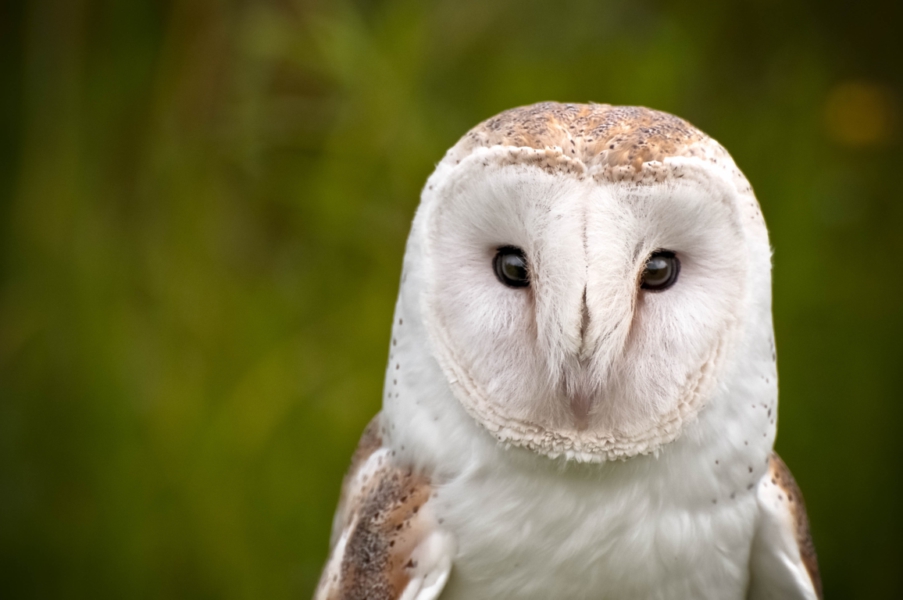Mother Owl is sick and dying. She perches in a tree, looking down on fields of broccoli, cabbages, carrots, oilseed rape and cereals. The landscape that is the cause of her demise.
She may not be able to reach her chicks in a nest nearby. She can hear them, but, she has fatigued muscles and motor-neurone problems. And, she doesn’t know it, but she’s close to multiple organ failure. She may not be able to swoop across the field to her nest.
What has happened? It all started decades ago, after WWII. The field below used to be an orchard, underneath which grew vegetables and flowers for market. Sheep and small-breed cattle grazed int he next field.
My father stayed on this smallholding as an evacuee from London. The animals manured the ground. Soil fertility was good. There were dung beetles, all manner of critters, worms, field mice, shrews, slugs and snails, hedgehogs, small birds – and owls.
Then the owner of a large farm took it over. The farmer was persuaded to adopt new farming methods that were to bring in efficiency and raise yields. Chemical fertilizers replaced grazing animals; herbicides and pesticides crept in. And, the trees came out. Now the soil is virtually inert. The sheep and cattle are gone.
All manner of critters, slugs, snails, shrews and mice, on which mother owl feeds, are now scarce and hard to find. Chemicals which accumulate in the food web on which she feeds have taken a toll on her. Will she reach the chicks in her nest?
Start a Campaign
Look northwards to the nearest university and hospital where a small group have joined forces to start joint #NatureFriendlyFood and #SustainableFarming campaigns. With all the protests about soya feed from Amazonian forests, they start a line of grass-fed, soya-free beef burgers. The beef is from a local holistic grazier.
They invite a local organic vegetable farmer to speak, who is returning the land back to what my father experienced during the war. They run organic veg stalls along with Extinction Rebellion stalls.
A small group wants to exclude the grass-fed burgers. Then a poster appears. It says “With every bite of broccoli, eat it in remembrance of mother owl who died today. Her chicks survived and will be released out as adults on to a nature-friendly farm. Support #NatureFriendlyFarming and #SustainableFarming.
Nature-friendly Farming Helps Mother Owl
I wrote the story above, originally as a post in response to ongoing Facebook group discussions about eating sustainable food. The overiding thread running through the conversations was about the destruction of the Amazon forest to grow soya to feed livestock, which is in the news much at the moment, again.
We batted various opinions back and forth about this, and, these inevitably fell anywhere along the spectrum of “we should avoid animal protein all together” to “how about buying grass-fed or pastured meat?”. Some commenters said, livestock are needed in the farmed landscape and lead to more diverse wildlife on the farm.
Clearly, people have very different opinions, but I wanted to add weight to some of the comments people made about nature-friendly farming. I wanted to shine a light on this wildlife, as it does seem to end up the Cinderella in these debates.
And whether you have a grass-fed steak or a plate of vegetables in front of you, animals die so that we can eat. A fact that can be hard to take.
So, mother owl was not alone in struggling in our modern farmed landscape, but there are signs that barn owls are making a come back in the UK. Nevertheless, we need to make a wholesale change towards supporting more biodiverse farming.
A farming that protects everything else down the food chain, from plants, insects, songbirds and mammals said Tim Nevard in 2012 of Conservation Grade (Fair to Nature Farming).
Let’s hope the signs of the barn owl’s come back are still there. And, let’s hope that debates about what makes sustainable food become more rounded and holistic. If you’re wondering what I mean by holistic, read my post, Animal-based or plant-based food for a sustainable diet.
Fact or Fiction?
The story is fictional, except for the fact that my father really was evacuated during the war to a smallholding in the Vale of Evesham, Worcestershire. It is today, a mix of small to large farms, organic to more commercial. A little further to the north, there is also a holistic or heritage grazier, Rob Havard.
Read more about this distinctive landscape in my post about Artisan food, the bread basket and market garden areas of the west midlands, and about the Market Gardening Heritage Project.
Read more, also, about how putting up a bird feeder led little Johnny on a trail towards an affinity with nature, on to a wildlife-friendly farm and to tell his class mates why his wildlife garden is holding back the floods. Hear about Lost Words: Hear little Johnny’s story.
Zero Waste of Nature
It would be timely to mention that Zero Waste Week starts in the first week of September every year. I’ve been one of the Ambassadors for two years. Alongside the concern about waste of ‘stuff’ (a very valid concern), I want to add my own thread. It’s “nature”.
I think understanding more about nature needs to underpin our zero waste efforts. Will you join us?
If you’ve enjoyed this post about nature-friendly farming, you may like to know about my book:


